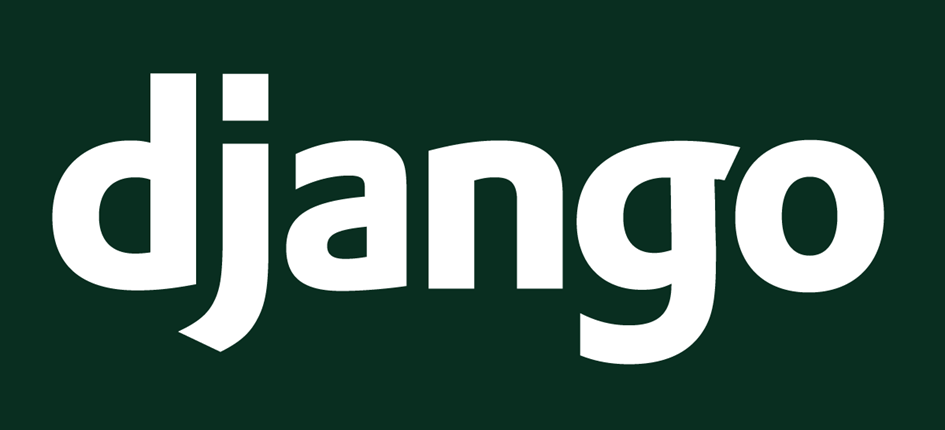
What is Django?

What is Django?
Django is a free and open-source Web Application Framework designed for the Python programming language. It follows the MVT (Model View Template) architectural pattern, allowing developers to leverage all the advantages of Python. Django is known for its simplicity, flexibility, scalability, and reliability. Its primary goal is to enable fast development with minimal code. Therefore, the introductory text on its website states, "Django makes it easier to build better web apps more quickly and with less code.

What is a Framework?
A Framework is a structure created by assembling commonly needed functions and libraries that have been planned and thoroughly tested for software developers.
To provide an example of a Framework, let's consider creating a photo gallery. We would need functions for tasks such as uploading, editing, resizing, coloring, and cropping photos. Each feature would require a separate function. While we may have a function for uploading photos, we cannot use the same function for resizing or editing. We would need to write different functions for each task. Even for a simple photo gallery application, we would need to write hundreds of lines of code and dozens of functions. Furthermore, if we want to maintain high levels of Memory Management, Security, and Clean Code, it would require significant effort.
The code we develop during the development process may not work immediately. There will inevitably be errors, and we will spend time fixing those errors. It could take a long time of writing code to produce a working application. In this scenario, apart from learning various aspects, there is no positive outcome.
Now, imagine that many functions you need for the photo gallery application are already assembled and released as a package. By using this package, you can save hours of coding and avoid dealing with errors. Your only task would be to develop your project by utilizing the existing functions.
What is Django and What is it Used For?
Django is a framework that allows us to develop web applications using the Python programming language. If we look at alternative web application development frameworks, we can develop web applications using the ASP.NET Core framework with the C# programming language or the Spring Framework with the Java programming language.
Django is a highly preferred framework among developers due to its ease of learning and development. It provides easy access to many libraries that may be needed during development, and its popularity keeps growing thanks to its large community.
With Django, you can develop web applications quickly and efficiently. It has support for multiple operating systems, allowing you to continue development as a cross-platform solution.
Why Should We Use Django?
Django is the most popular Python web framework, and its biggest advantage is the size of its community. Having a large community means there are many people using this framework, encountering numerous errors during development, and sharing or seeking solutions for them. You can find hundreds of websites with examples of Python Django applications. This means you won't have any trouble finding solutions when you encounter an error.
Furthermore, the popular Django framework comes with thousands of libraries that make our work easier. It has a simple installation process and is easy to use. With its readable Syntax, Django is also great for quick learning and development.
Django has its own administration panel. This panel has a simple yet useful design, allowing you to perform operations such as adding, updating, and deleting data. You can also track the history of these actions within the panel. Having an administration panel is a practical solution.
What is GeoDjango?
Django has a module called GeoDjango. This module enables the development of web applications with various geographic features, such as location-based and spatial-based systems. It provides numerous functions specific to geospatial development, allowing for rapid development of geographic applications. GeoDjango continues to exist as a popular module.
Performance
Performance is a critical aspect not only for Django but for all technology products. Django is highly competent in this regard. It applies lazy loading in areas such as pagination, serialization, and database queries. Lazy loading means that unnecessary things are not called.
Django also applies the lazy structure to objects. The Keep_Lazy() function is used to evaluate an object only when necessary.
How to Install Django?
Before installing Django, you need to have Python installed on your computer. You can download Python from the Python website at Download Python | Python.org. Once you have completed the Python installation, I will mention some tools that will be beneficial for keeping your code environment organized before moving on to the Django installation. These tools will help you maintain your code in an organized and readable structure.
- Virtual Environment (Virtualenv)
It is a tool used to isolate and separate Python or Django projects each time you create them. Of course, we don't want any changes we make in one project to affect any other parts.
To use this tool, you need to create a folder named "pythonenv" inside the C:/ directory and run the following command in the newly created folder using the command prompt (CMD).
$ python3 -m venv pythonvenv
|
To create a new environment, you can replicate your environments using the command "python -m venv myvenv". In this command, "myvenv" is the name of your virtual environment.
To install Django, we use pip (The Python Package Index). First, let's check if it is already installed on our computer. If not, we'll proceed with the installation.
python3 -m pip install --upgrade pip
|
Next, let's create a requirements file and add the necessary packages to it. This way, we won't have to write commands for installations repeatedly. Create a file named "requirements.txt" and add the Django keyword and its version to it as follows.
Django~=4.1.2
|
How to Build a Website with Django?
For achieving high performance, it is recommended to develop with Django primarily on Linux. Let's prepare an example web application to demonstrate how fast and enjoyable this process can be. Don't forget to explore the documentation available on the official Django website for developing a fast web application with Django.
Firstly, determine the directory where the project will be physically stored. As an example, let's assume we have a folder named "Django" under C:/ where we can host our web application.
If you're not currently inside that folder, open the terminal and navigate to the folder using the following command.
| cd C:/Django |
Once inside this folder, we can create our new web project using a command.
| django-admin startproject merhabadunya |
In Django, each app follows the Model-View-Template structure. Since Django works with apps, we need to create a new app. While inside the "merhabadunya" folder, execute the following commands in the terminal.
| python manage.py startapp firstapplication |
The app we created is still unknown to Django. We need to introduce it by modifying the settings.py file.
INSTALLED_APPS = [ ‘polls’, ‘firstapplication’ ] |
We have created our first application. Now, it's time to start the web server on which this application will run.
| python manage.py runserver |
When you run this command, you will see the Django version and 'firstapplication.settings' information on your screen. This indicates that the server is up and running. You can test your web application by accessing http://localhost:8000 or http://127.0.0.1:8000 in your web browser.
From now on, you can make updates or install new dependencies based on this file.
pip install -r requirements.txt |
Apart from this process, you can also perform the installation in a single line.
pip install Django==4.1.2
|



